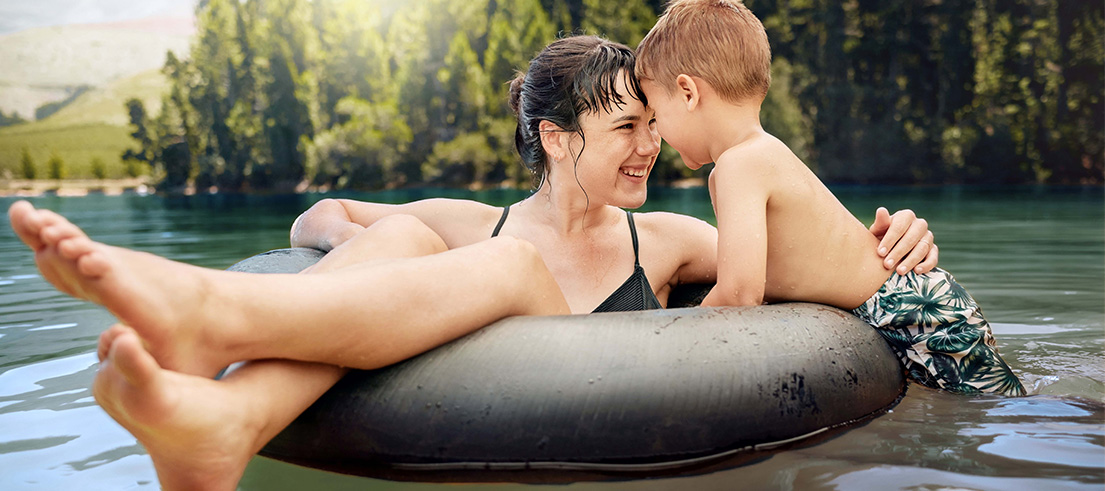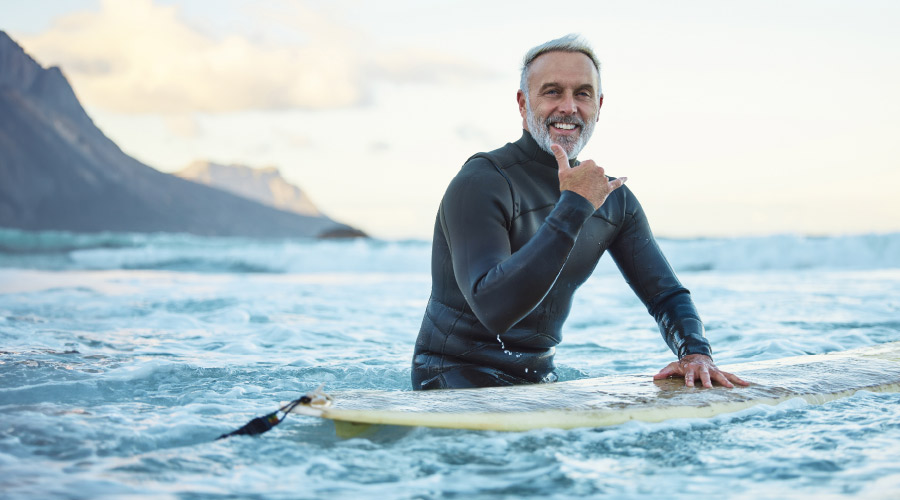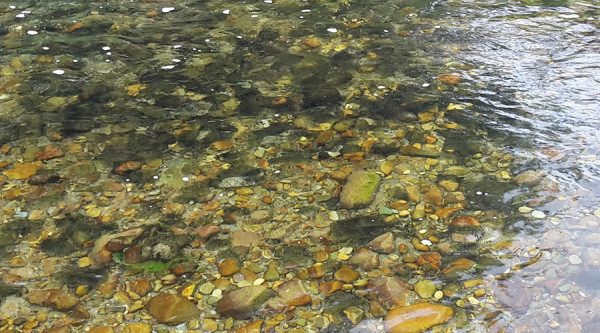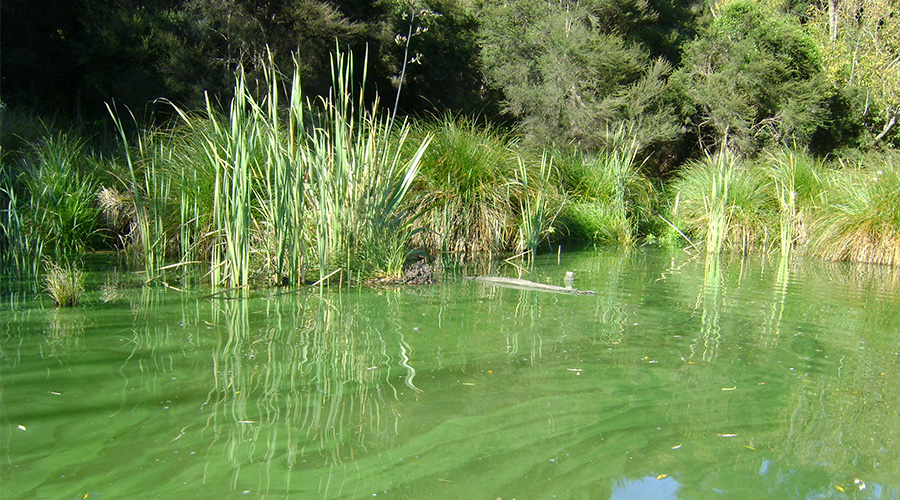
Can I swim here? Find out the water quality at more than 100 swimming spots
Waitaha/Canterbury has some stunning swim spots to cool off during hot summer days - but don't forget to check where has good water quality before jumping in!
Over the summer season (November to March) we monitor more than 100 popular swimming spots around Waitaha/Canterbury.
Our team takes water samples at each site to test the water for faecal bacteria (E. coli and enterococci) and check for toxic algae (cyanobacteria) that might be harmful to your health.
Samples are sent to the local lab for processing and results are available on the Land and Water Aotearoa (LAWA) website.
Look before you leap and visit the Can I Swim Here? section of the LAWA website before heading out to your local beach, river or lake and keep an eye out for health warning signs when you arrive. It's also important to check conditions like surf, currents and underwater hazards to keep yourself safe.
Long-term grades and temporary warnings
At the beginning of each season, we give sites long-term grades on their suitability for recreation. These grades are based on five years' worth of monitoring data and sanitary surveys. They tell you the likelihood that the water quality is "poor" or "good" on any given day.
Sites graded "poor" or "very poor" are not recommended for swimming because there is an elevated risk of getting sick. The weekly samples have shown that the likelihood it has harmful bacteria or toxic algae is higher than the national thresholds, and our public health authority Te Whatu Ora have recommended that you do not have contact with the water. Sites that are not recommended for swimming are red on the LAWA website.
For swim spots that have been graded fair or better, you still need to check that there aren't any temporary warnings for the site. If there is a "poor" weekly testing result or toxic algae has been found, Te Whatu Ora will issue a health warning—which will be listed on the relevant health warnings pages and the LAWA website.
Water quality can change from week-to-week or even day-to-day, so it's best to check the LAWA website for up-to-date information each time you head out.
We continue to monitor sites graded "poor" or "very poor" for future grading, but health authorities will not issue temporary health warnings for exceedances as permanent signage recommending against swimming should be erected at the site by local councils.
Avoid swimming after rain
Swim sites can be affected by rainfall, especially those with "fair" or "poor" grades. It’s important to avoid swimming for 48 hours after rain.
Shirley Hayward, our science team leader for water quality and ecology, explains that this is because of the increased risk of faecal bacteria in our waterways after rainfall. "Even if the water looks clear, it doesn’t always mean the water quality is good to swim," said Hayward.
Sources of faecal bacteria can include animals (birds, dogs, livestock) or wastewater overflows into the stormwater network.
Toxic algae - know what to look for
Toxic algae (cyanobacteria) are naturally occurring with the potential to bloom and may produce toxins that can harm people and pets.
Blooms form when cyanobacteria grow quickly, usually due to changes in environmental conditions such as warmer temperatures, sunlight, high levels of nutrients, or stable river flows.
"Unfortunately, dogs love the musty smell of toxic algae and are naturally drawn to investigating it – usually by licking or ingesting the material. It can be quick acting and fatal to dogs," said Hayward.
The best way to protect yourself, whānau and pets is to know what toxic algae looks like and avoid it.
"Look for toxic algae because small amounts can be present in a waterway that is listed as good for people to swim, or you may be visiting an unmonitored area."
In rivers, benthic cyanobacteria usually grow on the bottom of riverbeds. It appears as thick dark brown or black mats that have a slimy or velvety texture and a strong musty smell. These mats can detach and gather at the river’s edge.
In lakes, ponds and lagoons, planktonic cyanobacteria are usually suspended in the water. Water can look cloudy, discoloured, or like it has small globules in it.
Symptoms
For people
Faecal pathogens (such as bacteria and viruses) can cause gastrointestinal illnesses (including diarrhoea and vomiting); respiratory diseases; and eye, ear, nose, throat and skin infections. Symptoms of cyanobacteria toxin poisoning in humans include tingling or numbness around the fingertips and/or mouth; breathing difficulties; gastrointestinal symptoms and skin rashes.
Read more about the health risks associated with contaminated water.
For pets and livestock
Symptoms of cyanobacteria toxin poisoning in animals include panting; lethargy; muscle tremors; twitching and convulsions. If you are concerned, contact a veterinarian immediately. You or your vet can report to us any animal illness resulting from contact with cyanobacteria.
If in doubt, keep out
Before you go, make sure you keep in mind:
- Check the water quality on LAWA
- Avoid swimming for two days after heavy rain
- Follow any warning signs
- Know how to spot toxic algae and avoid it
- Avoid eating shellfish from areas where health warnings are in place
- Check for hazards
If you have any doubts about the water quality, it’s best to be cautious and avoid the water.
We’ll be sharing some top tips on where it is good to swim during summer via our Facebook page so keep an eye out for swimming inspiration.



